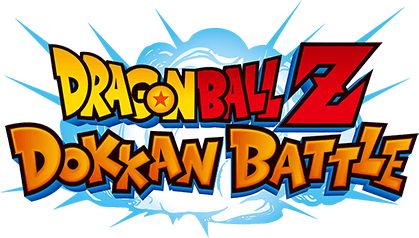This critical play, I indulged in an old game I played a lot in high school: Dragon Ball Z Dokkan Battle. This game was developed and published by Bandai Namco entertainment and is available on iOS and Android. The cartoon violence displayed this game’s contents suitable for ages 12 and up; however, the gambling elements might make this game best suited for adults. Dragon Ball Z is a franchise that is sensationalist in nature, everyone loves the dynamic transformations such as Super Saiyan and its various evolutions. Dokkan Battle takes advantage of this sensationalist atmosphere in combination with microtransactions to make the act of “summoning” new characters particularly exhilarating but also dangerously addictive. Dokkan Battle’s summoning mechanics are akin to modern gambling machines such as the slot machine with bright lights and equivalents to “near misses,” as discussed in the Programming Chance reading, making probability a means to an end for a reward: the newest character they release, usually hyped by the game and loved by the fanbase, in order to keep people coming back for more and more.
The Quests
I would say there are two primary sections of the game: one is the “quests,” which is where players select characters they’ve collected to join their party to engage in a series of battles. The scenario varies from quest to quest, but it’s usually based on recognizable stories in Dragon Ball’s extensive history. The actual gameplay is puzzle-like in nature, drawing parallels to orb-matching games like Candy Crush. In all honesty, the gameplay was always a little dry to me. It’s not quite as dynamic as Candy Crush since you can only interact with the bottom layer of the board.
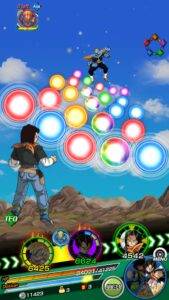
What makes these games particularly exciting, however, is the special attacks. If you can get the orbs to work out in your favor, your character will unleash an incredibly flashy special attack from the series followed by a quote that the character says. Naturally, the best characters have the most badass quotes and the strongest attacks.
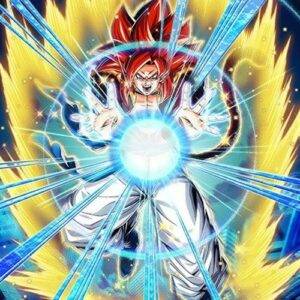
I can’t deny the visceral pleasure my heart feels when I see a quotable line and an awesome special attack. This is what drew me to the game in high school. It’s a bit crazy to think that I played so much of this game even though I never found its core gameplay “fun.” It’s not really the quests but the characters that are most appealing to the player then. Not all characters are created equal, however. Some are flashy and make quests trivial, others are pretty unusable. The best ones are safeguarded behind:
The Summoning
Summoning requires the currency known as “dragon stones.”
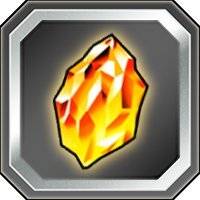
How do you get dragon stones? Well, you get one dragon stone for every quest you complete. One summon is five dragon stones, so a multi-summon (which guarantees at least one higher rarity character) is fifty dragon stones. Another option, however, when you inevitably run out of quests to farm is…to spend money.
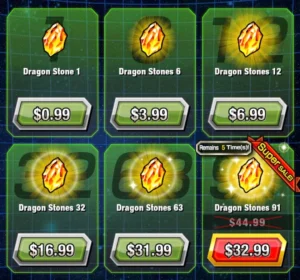
There’s a lot going on just on the dragon stone buying screen. For example, the increments of dragons stones have a weird ratio with the money used to buy them. It’s purposely inconvenient, so when the player makes a multi-summon, they’re some odd number of stones away from another, which will incentivize more spending. This also obscures the total amount of money the player spends through complexity.
Finally, there’s the flashy summoning animations themselves. They’re intentionally delayed and show all sorts of visual indicators of what the player might get, such as rare events on the screen that indicate characters of a certain rarity will be acquired.
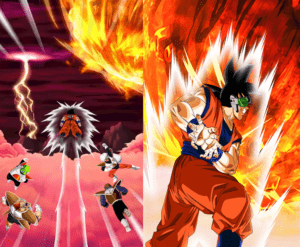
The player must slide back Goku’s kamehameha and wait for various transformations (visual indicators of rarity) before the summoned characters are revealed. This whole process, to me, is very reminiscent of the spring pull-back built into digital gambling machines, building the player’s anticipation and desire for good outcomes in the flashiest way possible. There’s something a bit unsettling to me about it—The series honors themes of perseverance and triumphant victory, and I feel those are at play in the visual construction of the summoning, making players want to summon more and more. They want to keep going until they win and land that Super Saiyan 4 Gogeta or Super Saiyan God Goku.
What’s different from the slots are the personal nature of the aesthetics at play, as well. Rather than cherries and triple sevens, the players see characters they know and love. Dragon Ball is a huge franchise that means a lot to people, and this admiration makes players vulnerable. Everyone wants their favorite characters, and those characters are usually the rarest ones to collect. Virtually the only way to consistently get them is spending for stones, perpetuating a vicious cycle of gambling.


